#catherine of cleves
Text

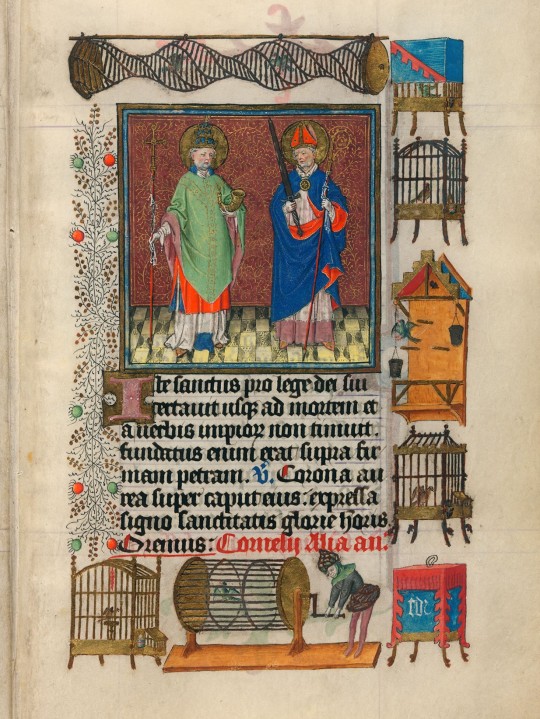


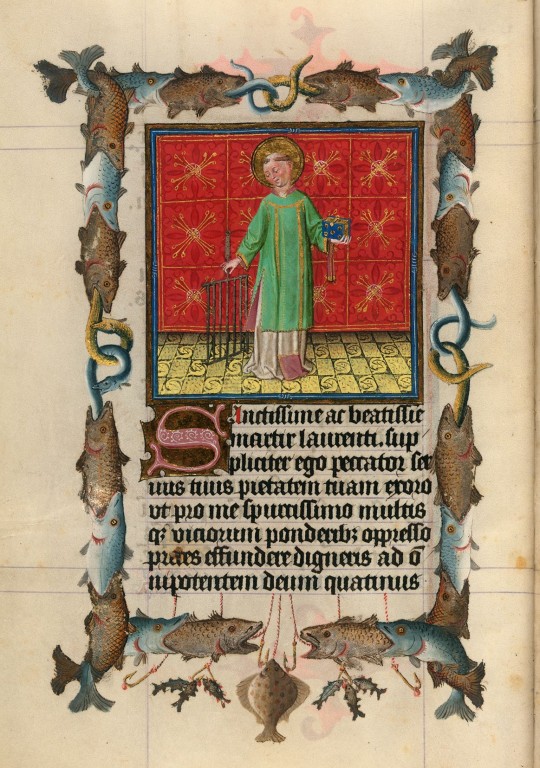
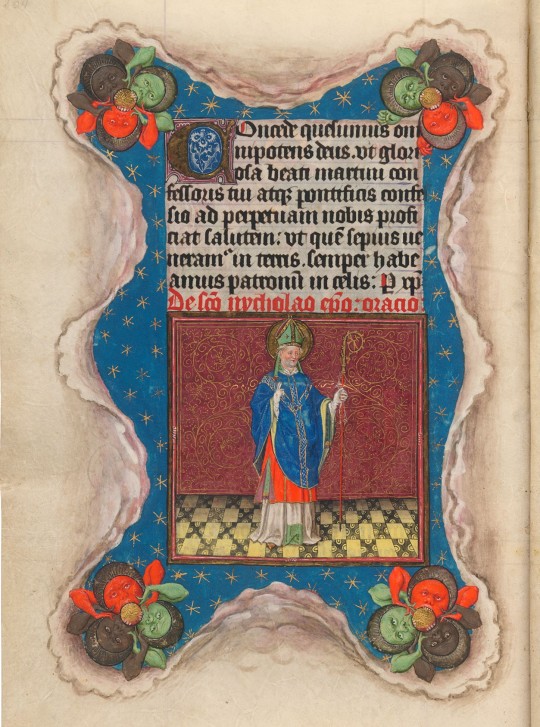
saints & fancy border decorations
in the hours of catherine of cleves, dutch, c. 1440
source: NYC, Morgan Library, MS M.917/945, pp. 228-280
#15th century#borders#the hours of catherine of cleves#catherine of cleves#the Master of Catherine of Cleves#saints#st. ambrose#st. cornelius#st. cyprian#st. bartholomew#st. simon#st. lawrence#st. nicholas#crabs#mussels#birdcages#pretzels#fishing#fish#illuminated manuscripts
474 notes
·
View notes
Photo

Detail of the Hours of Catherine of Cleves, The Master of Catherine of Cleves, 1440
#the hours of Catherine of cleves#hours of Catherine of cleves#book of hours#the master of Catherine of cleves#master of Catherine of cleves#Catherine of cleves#illuminated manuscript#manuscript#art#book#1440#1440s#1400s#15th century
96 notes
·
View notes
Text
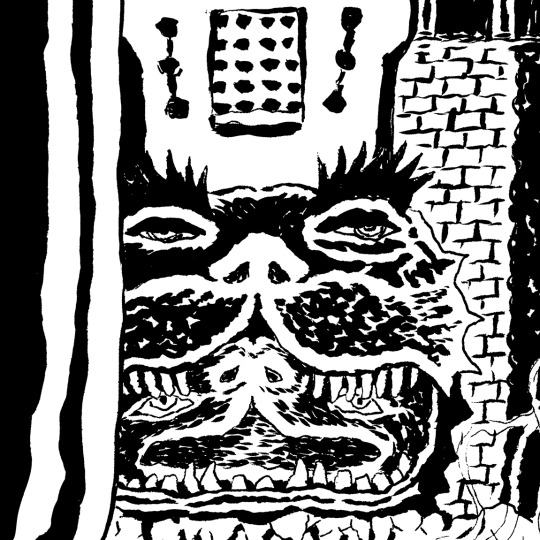

New post on my patreon about the hellmouth from the Catherine of Cleves and how I'm obsessed with it!
Link right here to subscribe:
patreon.com/patrickdanielkeck
4 notes
·
View notes
Text
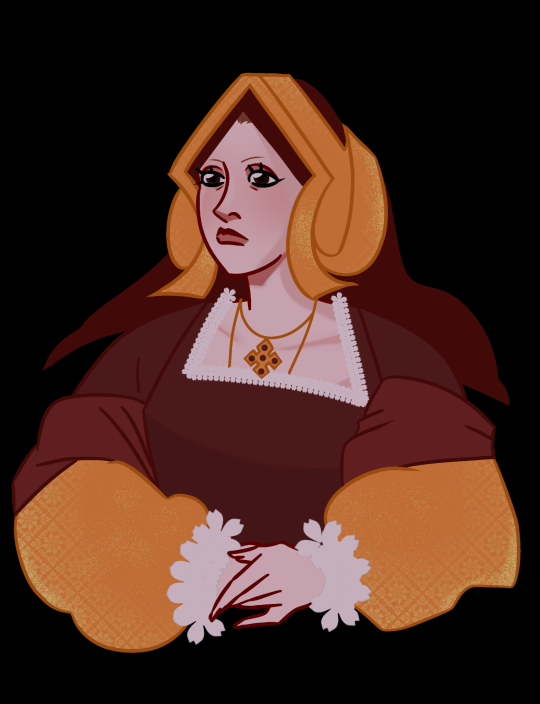


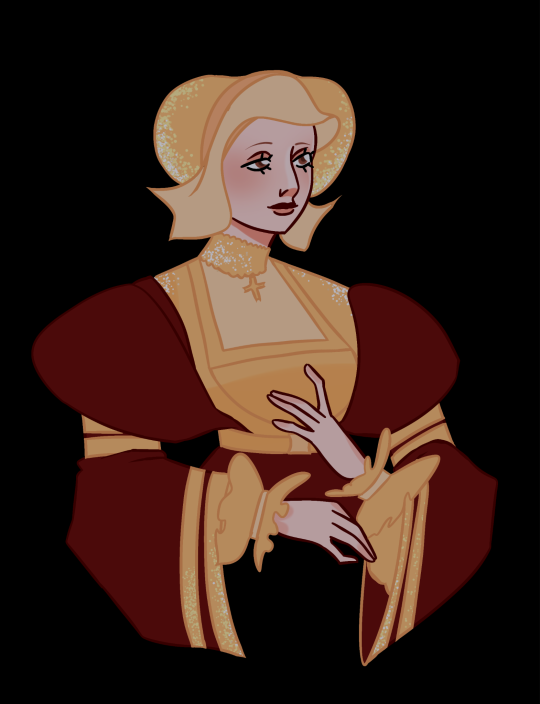


#tudors#tudor history#henry viii#six wives of henry viii#catherine of aragon#anne boleyn#jane seymour#anne of cleves#katherine howard#catherine parr#art#digital illustration#taniata's art#women in history
645 notes
·
View notes
Text

All Henry VIII Wives together
Tumblr really doesn't like this one. Click for higher res.
#tudors#tudor history#henry viii#six wives of henry viii#catherine of aragon#anne boleyn#jane seymour#anne of cleves#catherine howard#katheryn howard#katherine parr#catherine parr
1K notes
·
View notes
Text




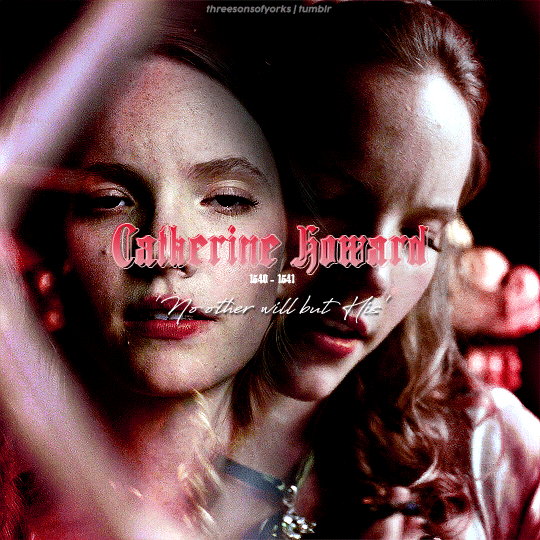

The Six + Their Mottos
THE TUDORS (2007-2010) | Written by Michael Hirst
#silence... i've learned how to blend correctly#the tudors#anne boleyn#catherine of aragon#anne of cleves#catherine howard#catherine parr#jane seymour#natalie dormer#maria doyle kennedy#tamzin merchant#joss stone#joely richardson#annabelle wallis#thetudorsedit#periodramaedit#weloveperioddrama#onlyperioddramas#tudorerasource#userbennet#userzaynab#usergif#usersjen#tusergabriela#mine#byfefa
388 notes
·
View notes
Text
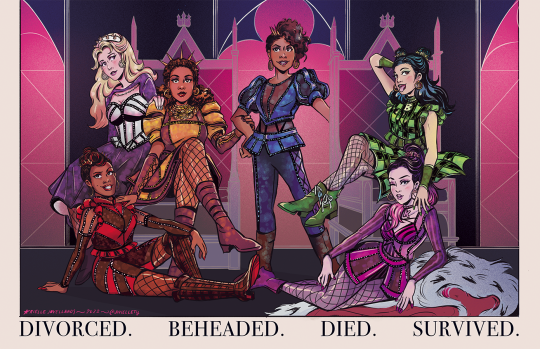



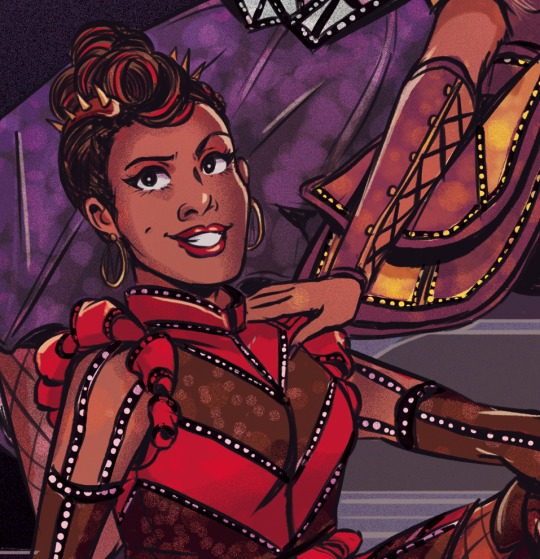
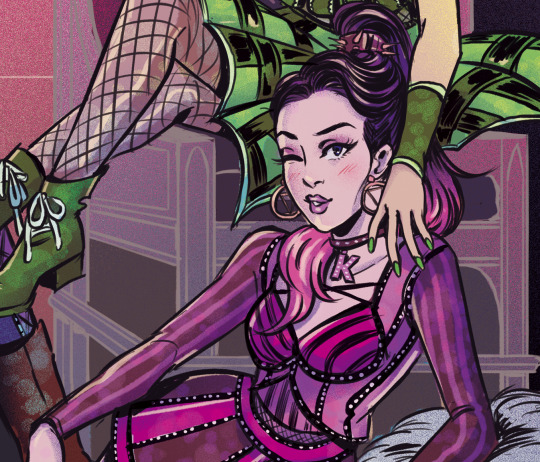
an illustrated love letter to SIX. 👑💜
catch me at New York Comic Con this weekend -- artist alley table B17. 💖
#six the musical#jane seymour#catherine of aragon#catherine parr#anna of cleves#anne boleyn#katherine howard#musicals#musical theatre#broadway
4K notes
·
View notes
Text
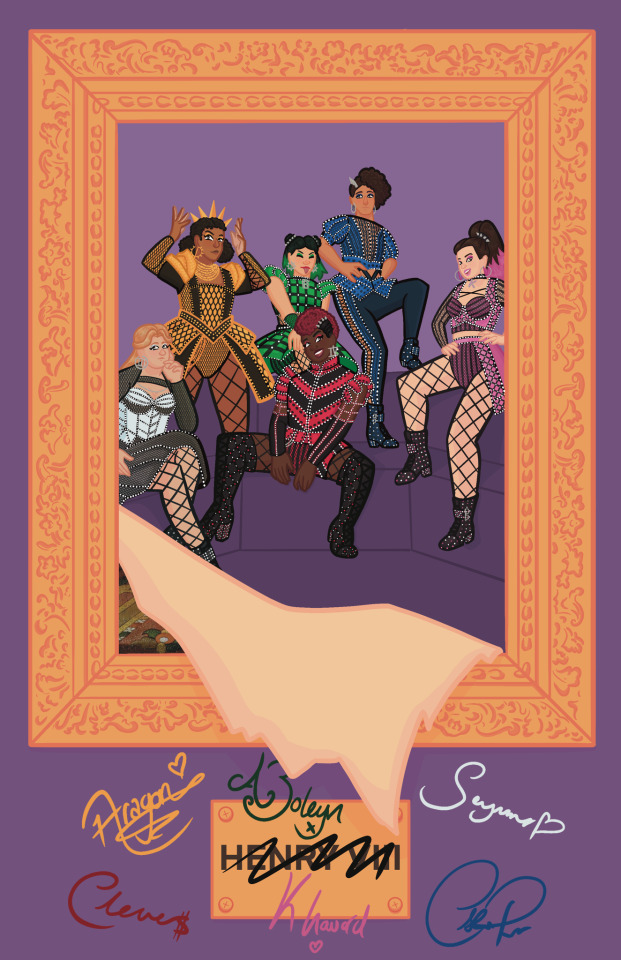
we’re taking back the microphone!
#musicals#six the musical#six#thesquirrelqueer art#broadway#art#fanart#digital art#aragon#boleyn#seymour#cleves#k howard#parr#catherine of aragon#anne boleyn#jane seymour#anna of cleves#katherine howard#catherine parr
199 notes
·
View notes
Text
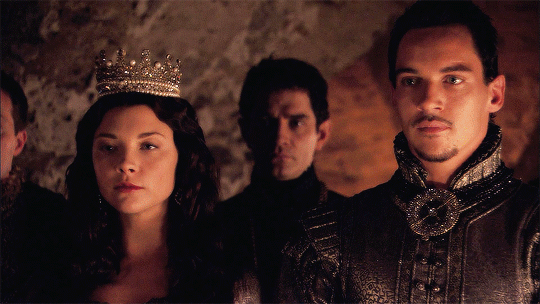




THE TUDORS + HENRY VIII WEDDINGS
Anne Boleyn: 2x03
Jane Seymour: 3x01
Anne of Cleves: 3x07
Katherine Howard: 4x01
Catherine Parr: 4x07
asked by anon
#thetudorsedit#the tudors#henry viii#anne boleyn#jane seymour#anne of cleves#katherine howard#catherine parr#jonathan rhys meyers#natalie dormer#annabelle wallis#joss stone#tamzin merchant#joely richardson#s2#s3#s4#perioddramaedit#period drama#tudorerasource#tudor era#historical fiction
777 notes
·
View notes
Text
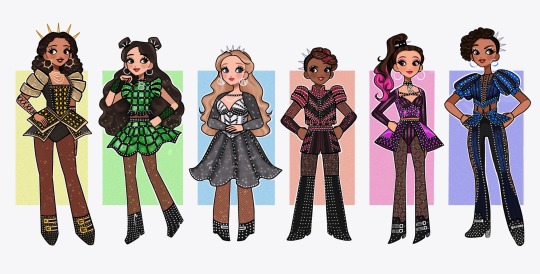
Six!
#this is an older one I forgot to post#woopsies#I saw six a couple months ago and it was literally amazing life changing shit#no thoughts just all you wanna do live#six the musical#jessi art#catherine parr#katherine howard#anne of cleves#jane seymour#anne boleyn#catherine of aragon
440 notes
·
View notes
Photo
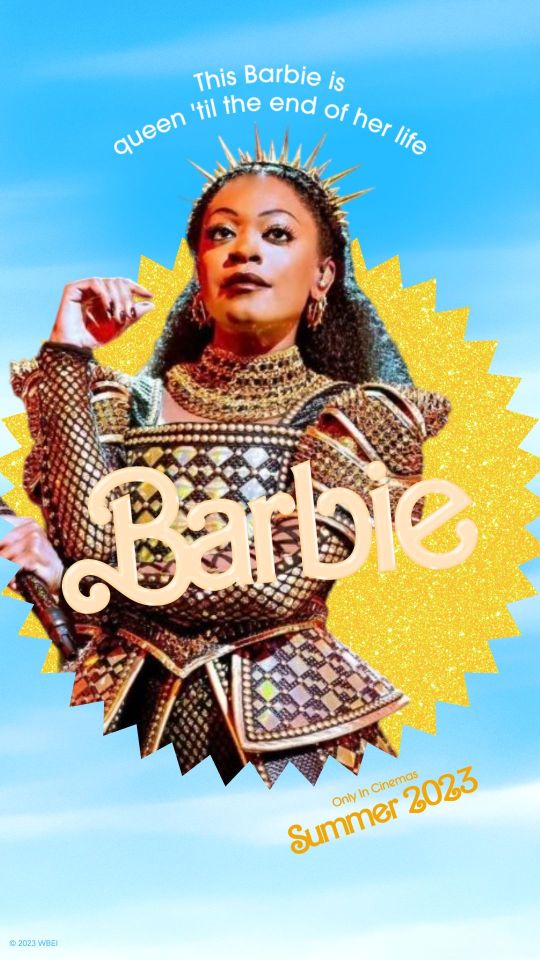




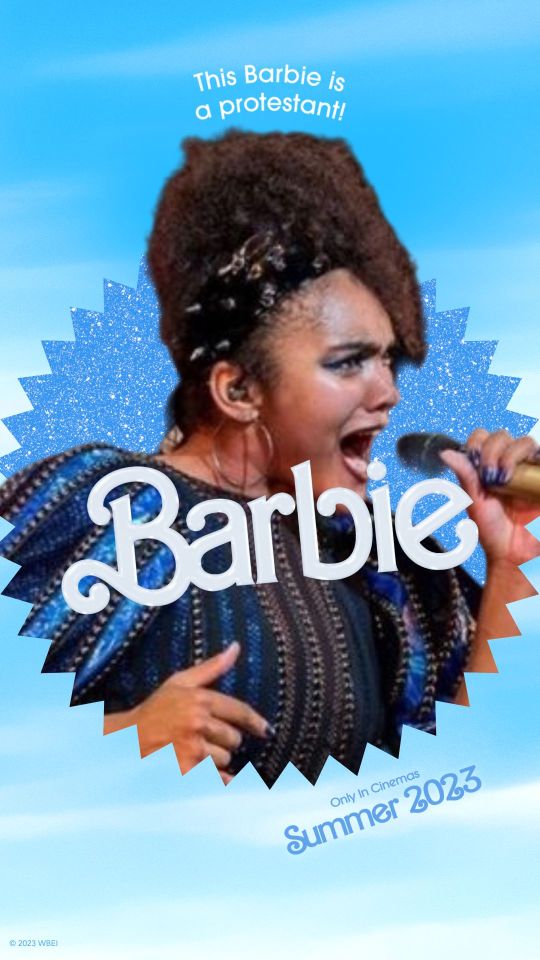
This Barbie is divorced, beheaded, died!
#Six the Musical#Six#catherine of aragon#anne boleyn#jane seymour#anna of cleves#katherine howard#catherine parr#aragon#boleyn#seymour#cleves#howard#parr#barbie meme#I was possessed by the devil#I'm sorry for parr#not really
956 notes
·
View notes
Text
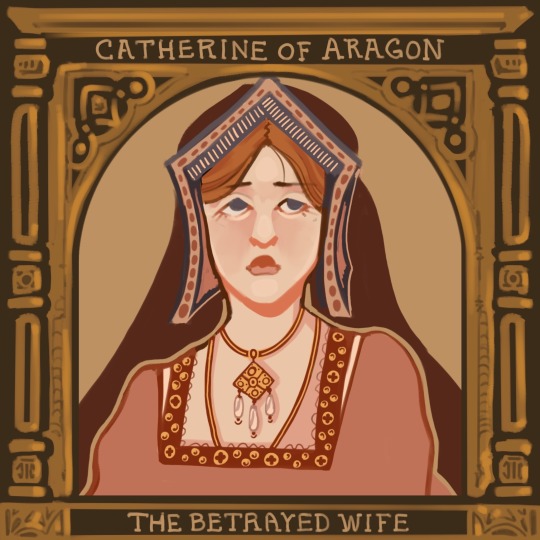



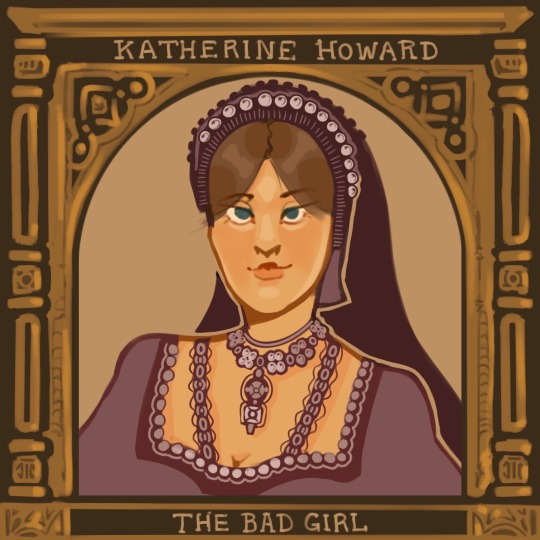

1. Catherine of Aragon (married 1509-1533)
motto: HUMBLE AND LOYAL
Even allowing for tactful hyperbole, it is clear that Catherine, […] did have the kind of youthful prettiness and freshness of appearance that charmed observers, not only the family into which she would marry. It was partly a question of her complexion: her naturally pink cheeks and white skin were much admired in an age when make-up was clumsy in execution, easy to detect and much scorned. Ambassadors abroad, describing princesses to their masters, generally emphasized the tint of the skin, carefully noting whether it was 'painted' or not. A fair complexion like Catherine's was thought to indicate a more serene and cheerful temperament than a 'brown' one. Then Catherine's hair was also fair and thick, with a reddish-gold tint, her features neat and regular in a pleasingly shaped oval face.
Perhaps Catherine's fair colouring, so far from the conventional picture of a dark-visaged Spaniard, reminded onlookers of her one-eighth of English blood: […] 'there is nothing wanting in her that the most beautiful girl should have. '
If her complexion was her chief beauty, Catherine's chief disadvantage was her lack of height. All the grace of her bearing, inculcated over many years at the Castilian court, could not conceal the fact that she was extremely short, even tiny. Years later a loyal defender had to admit that she was 'in stature somewhat mean', while adding quickly 'but bonarly [bonnie] withal'. She was also on the plump side - but then a pleasant roundness in youth was considered to be desirable at this period, a pointer to future fertility. In contrast Catherine's voice was surprisingly low and 'big-sounding' for a woman; and that no doubt contributed to the impression of gracious dignity she left on all observers, making up for the lack of inches.
2. Anne Boleyn (married 1533-1536)
motto: THE MOST HAPPY
Anne Boleyn was not a great beauty. The Venetian ambassador […] pronounced her 'not one of the handsomest women in the world'. […] Anne Boleyn was only moderately pretty.
Some of this lukewarm praise may have been due to the fact that her looks did not accord with the fair-haired, blue-eyed ideal of the time. In theory, dark looks were regarded with suspicion and Anne Boleyn's looks were conspicuously dark: she was 'Brunet' […] Anne Boleyn's olive complexion’ […] her colouring 'rather dark' or sallow 'as if troubled with jaundice', or 'not so whitely as ... above all we may esteem.' She did have a few moles, although she was hardly disfigured by them on the contrary they acted as beauty-spots. Her hair, thick and lustrous as it might be, was extremely dark […] And her eyes were so dark as to be almost black. But then the theory of public admiration was one thing - blondes were supposed to be of cheerful temperament - and the practice of physical attraction was quite another. Clearly in adulthood Anne Boleyn exercised a kind of sexual fascination over most men who met her; whether it aroused desire or hostility, the fascination was there.
The black eyes were sparkling and expressive; and they were set off by those 'dark, silky and well-marked eyebrows' […] on the subject: she knew well how 'to use [her eyes] with effect', whether deliberately leaving them in repose or using them to send a silent message which carried ‘the secret testimony of the heart'. As a result many became obedient to their power. More prosaically, the Venetian ambassador called her eyes "black and beautiful'. Her mouth, described by him as 'wide' (another theoretical disadvantage by the standards of the time), was recorded by Sander as pretty. […] Anne Boleyn was 'of middling stature' (which made her of course a great deal taller than Queen Catherine). She seems to have been quite slight or at any rate not full-breasted - the Venetian ambassador remarked that her bosom was 'not much raised' […]. But a much more important aspect of her appearance when she first came to court was her elegant long neck; this, with the deportment she had learned in France […] gave her a special grace, especially when dancing, which no one denied.
The fresh young damsel had other qualities, some more obvious than others at the moment of her arrival back in England. She had 'a very good wit', wrote Cavendish in his Life of Wolsey, another source not prejudiced in Anne Boleyn's favour? The phrase, going beyond mere intelligence, carried with it connotations of spirit and adventurousness; in other words, Anne Boleyn was good company. Like many spirited people, she had another more impatient side to her: she would display on occasion a quick temper and a sharp tongue. But of these characteristics, deplored in a woman as much as skill at singing and dancing was prized, there was as yet no sign.
3. Jane Seymour (married 1536-1537)
motto: BOUND TO OBEY AND SERVE
From other sources, it seems likely that the charm of her character considerably outweighed the charm of her appearance: […] of middle statute and no great beauty. Her most distinctive aspect was her famously pure white complexion. Holbein gives her a long nose, and firm mouth, with the lips slighty compressed, although her face son a pleasing oval shape with the high forehead then admired (enhanced sometimes by discret plucking of the hairline) and set off by the headdresses of the time. Altogether, if Anne
Boleyn conveys the fascination of the new, there is a dignified but slightly stolid look to Jane Seymour, appropriately reminiscent of English medieval consorts.
But the predominant impression given by her portrait - at the hands of a master of artistic realism - is a young woman of calm good sense. And contemporaries all commented on Jane Seymour's intelligence: in this she was clearly more like her cautious brother Edward than her dashing brother Tom. She was also naturally sweet-natured (no angry words or tantrums here) and virtuous - her virtue was another topic on which there was general agreement. There was a story that she had been attached to the son of Sir Robert and Lady Dormer, a country neighbour, but was thought of too modest a rank to marry him; even if true, the tale brought with it no slur on Jane's maidenly honour. It was told more as a Cinderella story, where the unfairly slighted girl would go on to be raised triumphantly to far greater heights. Her survival as a lady-in-waiting to two Queens at the Tudor court still with a spotless reputation may indeed be seen as a testament to both Jane Seymour's salient characteristics - virtue and common good sense. A Bessie Blount or Madge Shelton might fool around, Anne Boleyn might listen or even accede to the seductive wooings of Lord Percy: but Jane Seymour was unquestionably virginal.
In short, Jane Seymour was exactly the kind of female praised by the contemporary handbooks to correct conduct; just as Anne Boleyn had been the sort they warned against. There was certainly no threatening sexuality about her. Nor is it necessary to believe that her 'virtue' was in some way hypocritically assumed, in order to intrigue the King […]. On the contrary, Jane Seymour was simply fulfilling the expectations for a female of her time and class: it was Anne Boleyn who was - or rather who had been - the fascinating outsider.
4. Anne of Cleves (married 1540-1540)
motto: GOD SEND ME WELL TO KEEP
Let us take the actual appearance of Anna of Cleves first: for this we are fortunate in having a first-hand description, written only a few days later by the French ambassador, Charles de Marillac, who was not prejudiced in either direction, towards her beauty or her ugliness. Anna of Cleves looked about thirty, he wrote (she was in fact twenty-four), tall and thin, 'of middling beauty, with a determined and resolute countenance.' The Lady was not as handsome as people had affirmed she was, nor as young […], but there was a steadiness of purpose in her face to counteract her want of beauty.
The 'daughter of Cleves' was solemn, or at any rate by English standards she was, and she looked old for her age. She was solemn because she had not been trained to be anything else and the German fashions did little to give an impression of youthful charm in a court in love as ever with things French, or at any rate associating them with fun and delight. […] Turning to Holbein's picture, one finds this solemnity well captured: a critic might indeed term it stolidity. Besides Wotton, in his report, had confirmed that Holbein, generally regarded as the master of the 'lively' or lifelike (not the flattering) in his own time, had indeed captured Anna's "image' very well.
Of course a beautiful young woman, however stolid or badly dressed, would still have been acceptable. Anna of Cleves was not beautiful, and those reports which declared she was were egregious exaggerations in the interests of diplomats […]. But was Anna of Cleves actually hideous? Holbein, painting her full-face, as was the custom, does not make her so to the modern eye, with her high forehead, wide-apart, heavy-lidded eyes and pointed chin.
There is indirect evidence that Anna of Cleves was perfectly pleasant-looking from the later years of Henry VIII. When Chapuys reported Anna of Cleves as rating her contemporary, Catherine Parr, 'not nearly as beautiful' as herself, this expert observer did not choose to contradict her; so that the boast was presumably true, or at least true enough not to be ridiculous.
5. Katherine Howard (married 1540-1542)
motto: NO OTHER WILL BUT HIS
No confirmed authentic picture of Katherine Howard survives. The fact that Katherine Howard is the only one of Henry VIII’s wives for whose appearance we must rely properly on contemporary descriptions, gives her career an appropriately evanescent quality. The same mistiness surrounds her date of birth. She was eighteen or nineteen when the King’s roving eye first fell upon her: that is, roughly thirty years younger than he was. […] Katherine was not only small, as Catherine of Aragon had been, but diminutive: parvissima puella – a really tiny girl. If King Henry was about thirty years older than Katherine, he must have been well over a foot taller. We need not speculate further about their respective weights. The French ambassador rated her beauty as only middling (the same phrase he had used for Anna of Cleves, incidentally), but he did praise her gracefulness, and he found much sweetness in her expression; her habit of dressing à la française (as opposed to Anna of Cleves’ Germanic fashions) no doubt commended itself to him.
Even if Katherine Howard was not a beauty, she must have had considerable prettiness and obvious sex appeal (as well as – or perhaps because of – her youth) since we know that she captivated the King instantly.
6. Catherine Parr (married 1543-1547)
motto: TO BE USEFUL IN ALL I DO
The woman who brought about this cheerfulness, the new Queen Catherine Parr, was herself never described by anyone as a beauty: even the term ‘of middling beauty’ used for both Anna of Cleves and Jane Seymour by Marillac was not applied in this case. ‘Pleasing’ and ‘lively’, ‘kind’ and ‘gracious’ were the most flattering epithets ascribed to her. It is true that a difference of age and status may have been responsible for this lack – widows of over thirty were not expected to be beauties – but when Anna of Cleves indignantly exclaimed that the new Queen was ‘not nearly as beautiful as she’, Chapuys, passing on the comment, did not see fit to contradict it.
Queen Catherine Parr’s only known authentic likeness, attributed to William Scrots, shows an amiable face rather than an intriguing one; the nose is short, the mouth small, and the forehead broad rather than domed in the way that contemporaries admired. Her hair was rather similar in colour to that of Catherine of Aragon: light auburn, tinged with what Agnes Strickland in the nineteenth century would call ‘threads of burnished gold’.
But if the new Queen Catherine was not a beauty, she was neither dull nor austere. She enjoyed dancing. […] She was well set up – the tallest of King Henry’s wives – and her height would have enabled her to cut a regal figure since her conception of her role as queen consort also included a great deal of ornate dressing-up.
Bibliography:
- Fraser, Antonia. The Six Wives of Henry VIII. New York Knopf, 1993.
#henry viii#princess catherine#catherine of aragon#anne boleyn#queen anne#jane seymour#anne of cleves#katherine howard#catherine parr#procreateart#digitaldraw#digitalillustration#renaissance#medieval#english history#monarchy#the tudors#king henry viii#quotes#illustration#england
153 notes
·
View notes
Text
idk if anyone has said this before
Ride the Cyclone is strikingly similar to Six the Musical in the sense that it is 6 dead people competing through song. However, a major ironic difference is that unlike in Six the Musical, the argument that "i lost my head so i should win" actually works in ride the cyclone.
#sucks for anne boleyn#i guess jane doe is just built different#jane doe#jane doe rtc#ricky potts#penny lamb#rtc musical#jane doe ride the cyclone#ride the cyclone#rtc#six the musical#stm#anne boleyn#katherine howard#catherine of aragon#catherine parr#anna of cleves#ocean o'connell rosenberg#constance blackwood#noel gruber
2K notes
·
View notes
Text
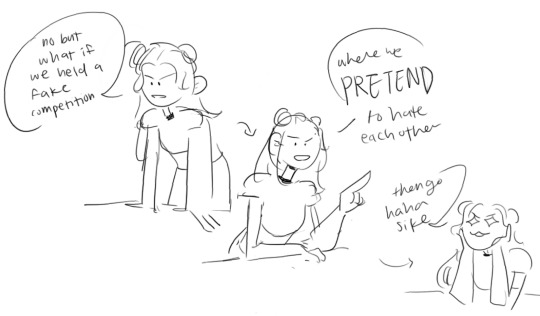
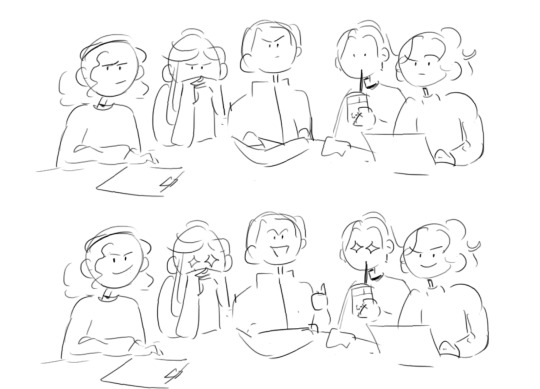
pitch day
#you ever think!!! about how they faked a whole competition!!! that was so high effort i love them for it#six the musical#six the musical fanart#anne boleyn#katherine howard#catherine parr#catherine of aragon#jane seymour#anna of cleves#the whole crew is here (albeit in sketchy quality) but !!! i needed to get this out so fast oh my god??#i think after the last digital painting i wanted a silly little sketch
387 notes
·
View notes
Text
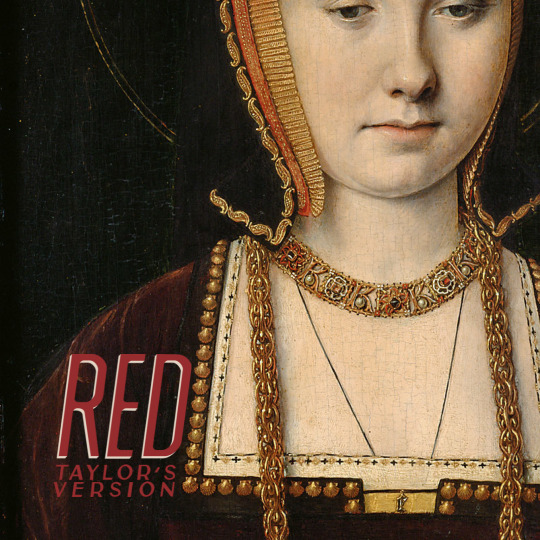
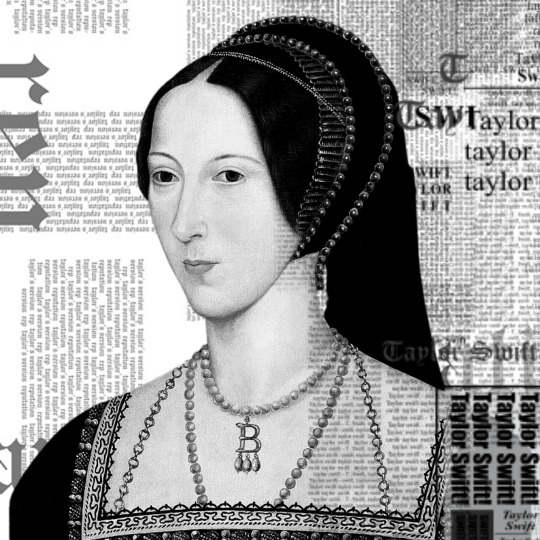




the six wives of henry viii as taylor swift album covers
#the tudors#taylor swift#henry viii#anne boleyn#catherine of aragon#jane seymour#anne of cleves#katherine howard#catherine parr#reputation#midnights#lover#1989 tv#the six wives of henry viii
263 notes
·
View notes
Text


Anne Boleyn's prayer book
#the tudors#tudor history#elizabeth tudor#mary tudor#henry viii#six wives of henry viii#six the musical#catherine of aragon#anne boleyn#jane seymour#anne of cleves#katherine howard#katherine parr
163 notes
·
View notes